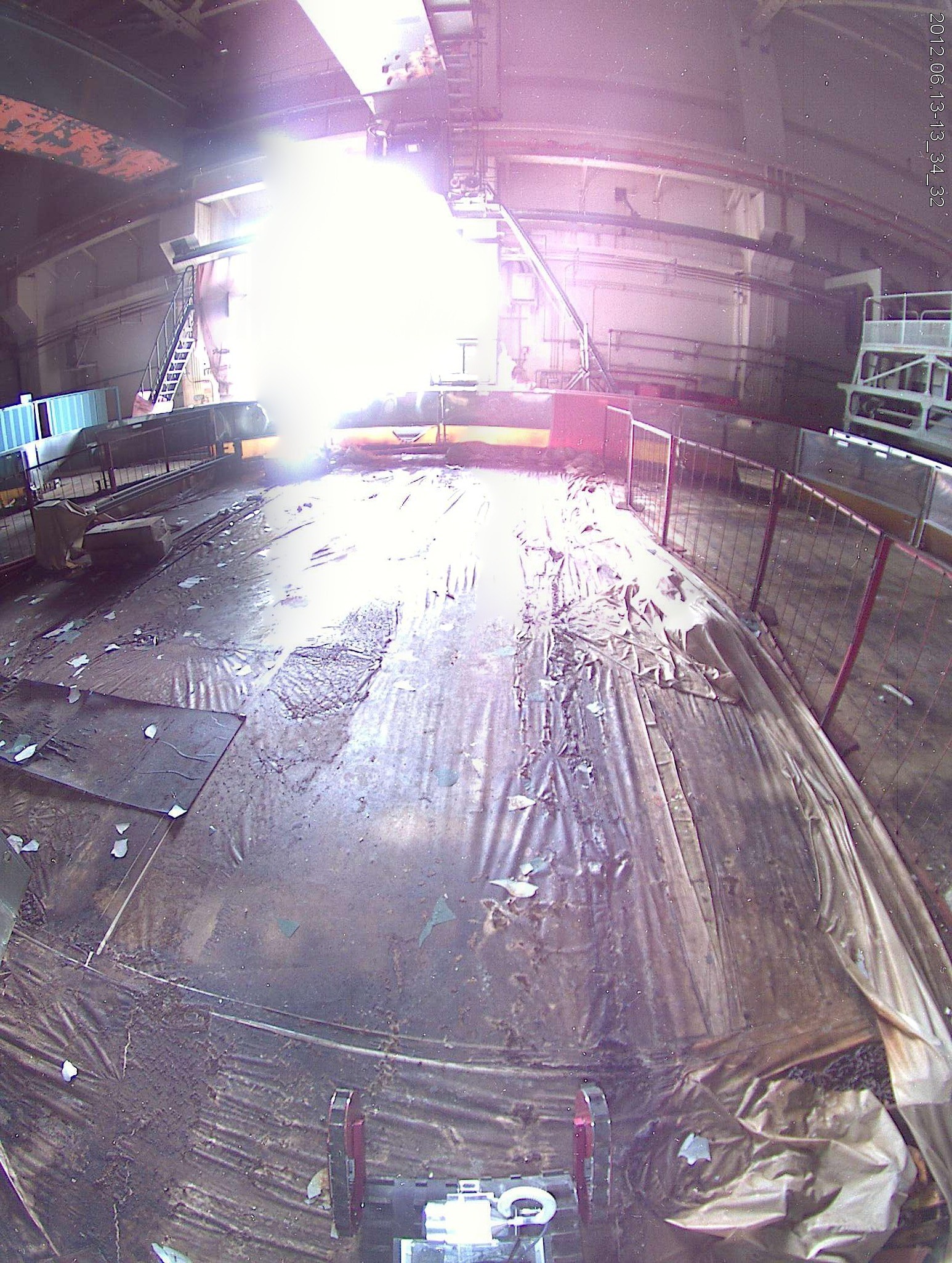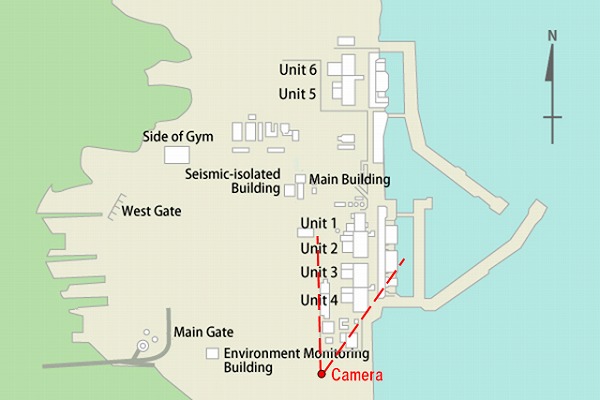Mr. Takeshi Fujimaki, CEO of Fujimaki Japan, was one of the top traders at J.P. Morgan worldwide for over a decade, earning the moniker "legendary trader" from the chairman of J.P.Morgan (according to wiki). He was also an advisor to George Soros.
He has some extremely dire predictions for Japan, much more so than those by Kyle Bass.
In the Bloomberg News article, Fujimaki warns:
Japan may default sooner than Europe, by 2017;
Japanese yen may trade 400 to 500 yen per US dollar;
10-year bond yield may shoot up above 80%.
In other words, he says Japan may become "Greece". What is he doing to hedge the risk? He says he's buying US dollars.
From Bloomberg News (6/14/2012):
Ex-Soros Adviser Fujimaki Says Japan to Probably Default by 2017
Investors should buy assets in U.S. dollars and other currencies of strong developed nations because Japan may default within five years, said Takeshi Fujimaki, former adviser to billionaire investor George Soros.
“Japan is likely to default before Europe does, which could be in the next five years,” the president of Fujimaki Japan, an investment advising company in Tokyo, said in an interview yesterday. Japanese should hold foreign-currency products, such as those denominated in the greenback, Swiss franc, sterling, Australian and Canadian dollars, Fujimaki said.
Should the Japanese government default, the yen may weaken to 400-500 per dollar, and the yields on benchmark 10-year bonds could surge above 80 percent, according to Fujimaki. “I’m buying dollars in case of an emergency,” he said.
The yen fell 0.2 percent to 79.48 per dollar as of 9:14 a.m. in Tokyo from its close in New York yesterday. The currency touched the post war high of 75.35 per dollar on Oct. 31 and has averaged about 103 over the past decade. Japan’s 10-year yields were little changed yesterday at 0.86 percent. Rates on June 4 dropped to 0.79 percent, the lowest since June 2003.
Five-year credit-default swaps that insure Japan’s debt from nonpayment were at 90.9 basis points yesterday, up from a seven-month low of 90.1 on March 27, according to CME Group Inc.’s CMA. The contracts pay the buyer face value in exchange for the underlying securities if a borrower fails to meet its debt agreements. A drop signals improving perceptions of creditworthiness, while an increase suggests the opposite.
Ballooning Debt
Japan’s public borrowings, the world’s biggest, will balloon to 245.6 percent of its annual economic output in 2014, up from 67.3 percent in 1984, an estimate by the International Monetary Fund shows. Japanese Prime Minister Yoshihiko Noda is struggling to gather support for his plan to double the 5 percent sales tax by 2015 to help reduce debt.
“The yen and the JGB market are in a bubble,” Fujimaki said. “With the gigantic debt Japan has accumulated, a thin needle, or even a gentle breeze may pop this. Events in Europe can possibly trigger this to blow up.”
Greeks vote in a general election on June 17 after balloting in May failed to produce a coalition government. The result may determine whether Greece abides by spending reductions imposed upon it to receive two international bailouts and stay in the euro. The euro currency bloc may break up in the next 5 to 10 years, Fujimaki said.
“There’s no way out of Japan’s crisis,” Fujimaki said. “The only option left for Japan is either default or print money into hyper-inflation.”
(Entire article at the link)
There are many, both in Japan and outside, who say "Japanese sovereign debt is not like that of Greece, or the US, because the debt is almost all held in Japan by the Japanese". Well, that's precisely the problem.
Fujimaki says in a Nikkei Shinbun article (6/14/2012) that:
Japan's financial institutions have been investing the deposit money in the Japanese government bonds (JGBs). In the case of Japan Post Bank, 80% of the deposit money is invested in JGBs.
Life insurance companies used to lend out more than 50% of the money from the insurance premiums collected from the policy holders; now, it's only 13%, and the rest of the money goes to the JGBs.
Ratio of loan to deposit at private banks was 98% 10 years ago; now it is only 73% and the difference has gone to the JGBs.
If the Japanese government defaults and the JGBs become worthless, there will be no deposits, no pensions, no insurance payout, he says.
He also cites the example of wartime bonds issued during the World War II in Japan. The ownership of the bonds was 100% Japanese, but that didn't prevent the bonds from becoming worthless in the post-war inflation.






















 Tokyo Time
Tokyo Time
![[Most Recent Quotes from www.kitco.com]](http://www.kitconet.com/charts/metals/gold/t24_au_en_usoz_2.gif)

